
Earth
14:51, 10-Feb-2019
China's largest underground cave formed millions years ago
CGTN
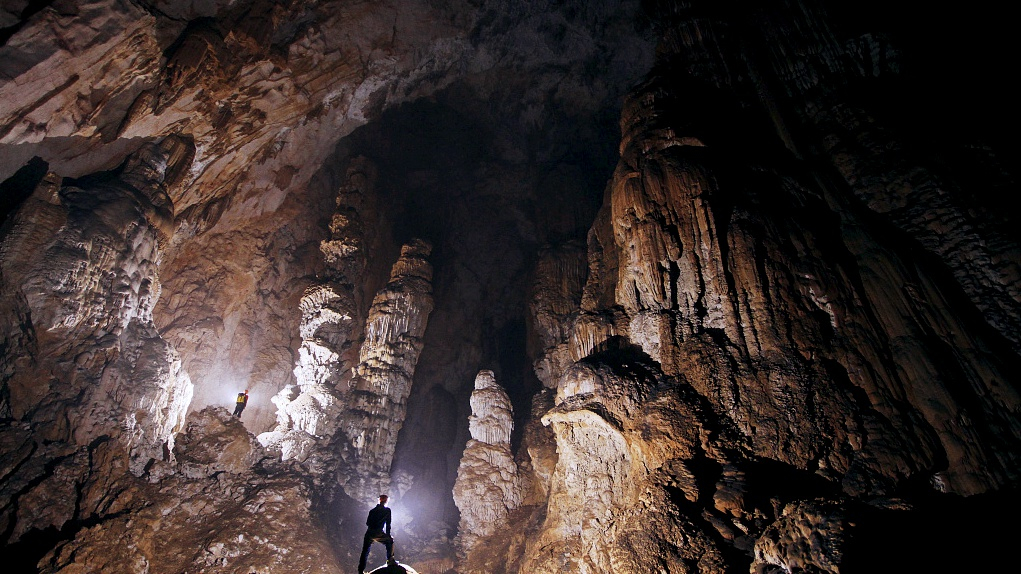
Danxia, Yardang and Karst landforms are the three most common terrains in China. They are the result of different types of erosion. Combined with geological structure and climate change, these landforms decorate the earth with unique landscapes. In this 7-part photo series, we will take a peek at places in China that are representative of the characteristics of the three landforms.
Karst landform
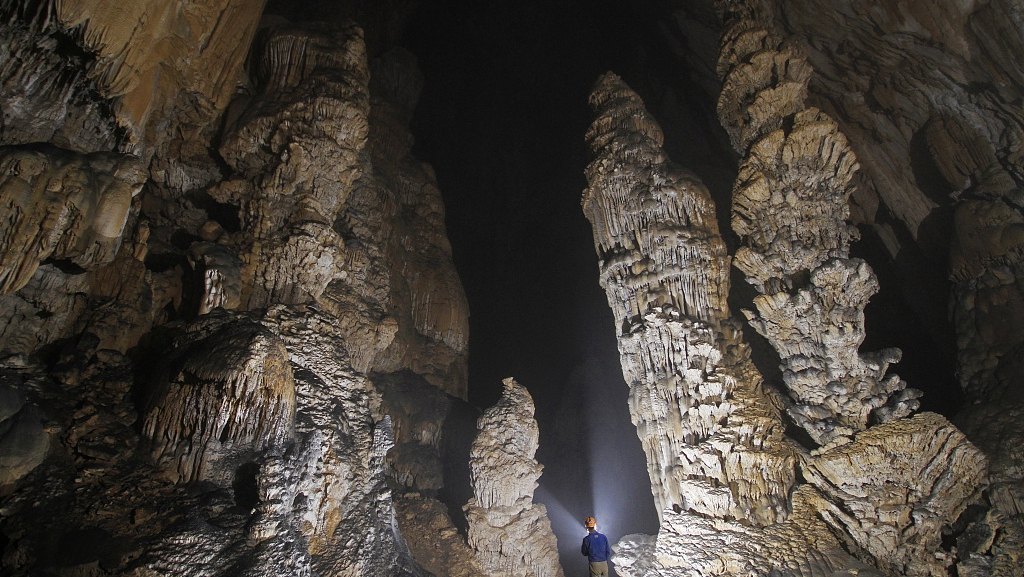
The Miao Chamber in Guizhou Province, China. /VCG Photo
The Miao Chamber in Guizhou Province, China. /VCG Photo
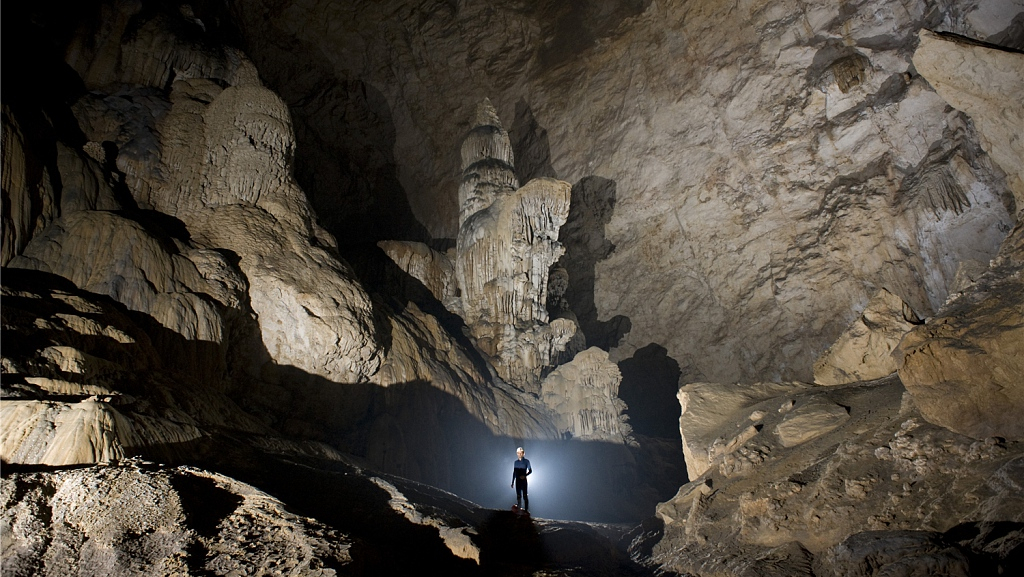
The Miao Chamber in Guizhou Province, China. /VCG Photo
The Miao Chamber in Guizhou Province, China. /VCG Photo
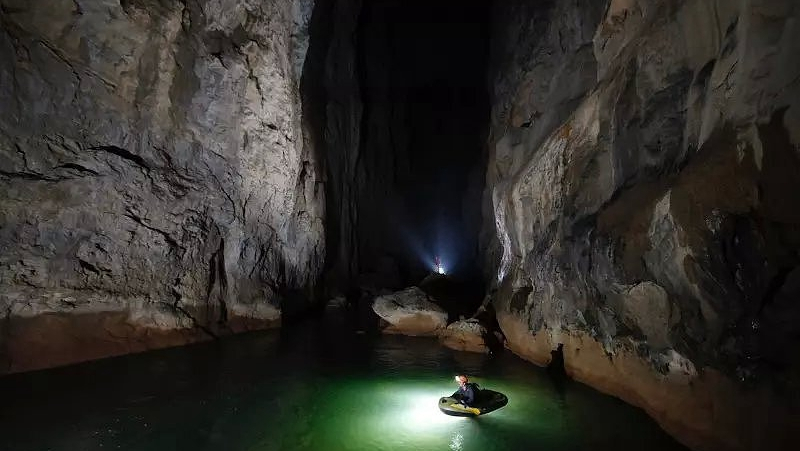
The Miao Chamber in Guizhou Province, China. /VCG Photo
The Miao Chamber in Guizhou Province, China. /VCG Photo
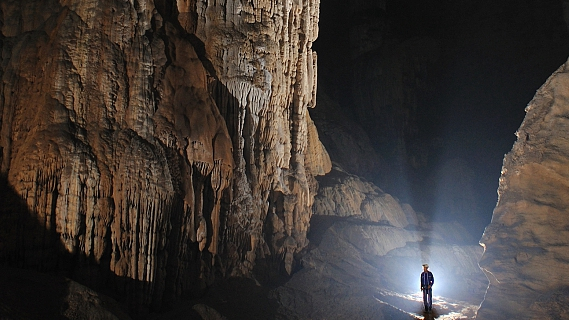
The Miao Chamber in Guizhou Province, China. /VCG Photo
The Miao Chamber in Guizhou Province, China. /VCG Photo
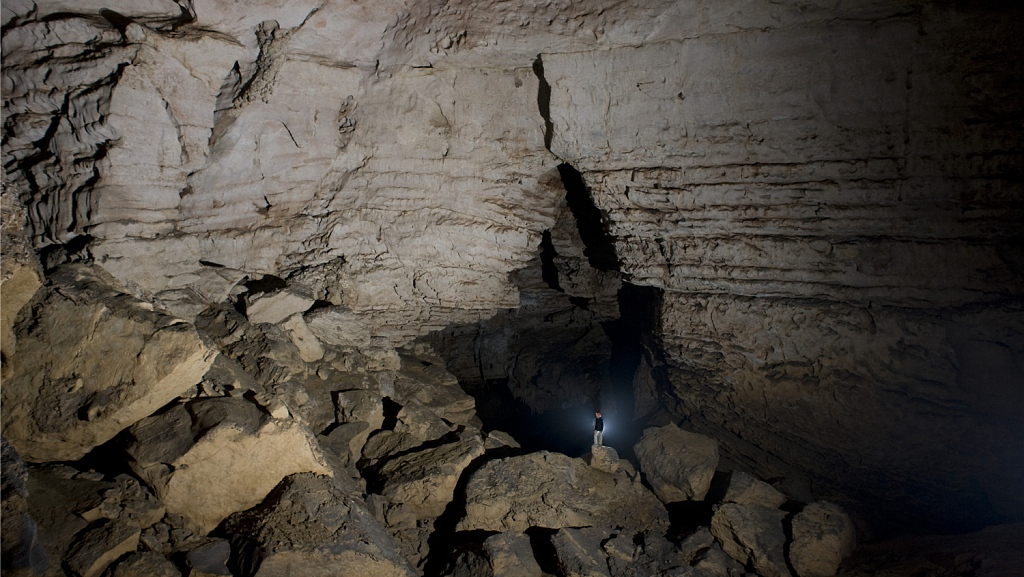
The Miao Chamber in Guizhou Province, China. /VCG Photo
The Miao Chamber in Guizhou Province, China. /VCG Photo
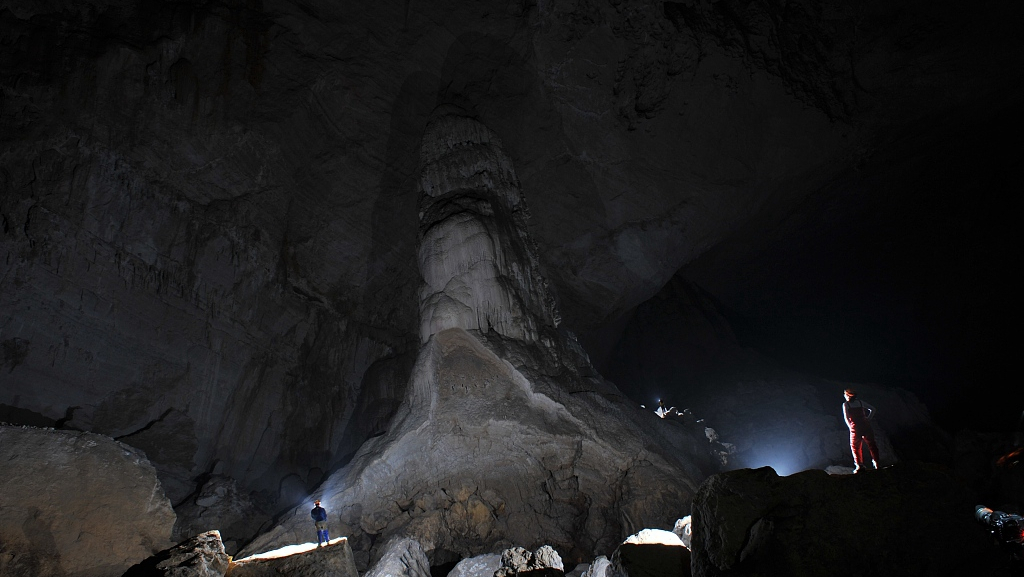
The Miao Chamber in Guizhou Province, China. /VCG Photo
The Miao Chamber in Guizhou Province, China. /VCG Photo
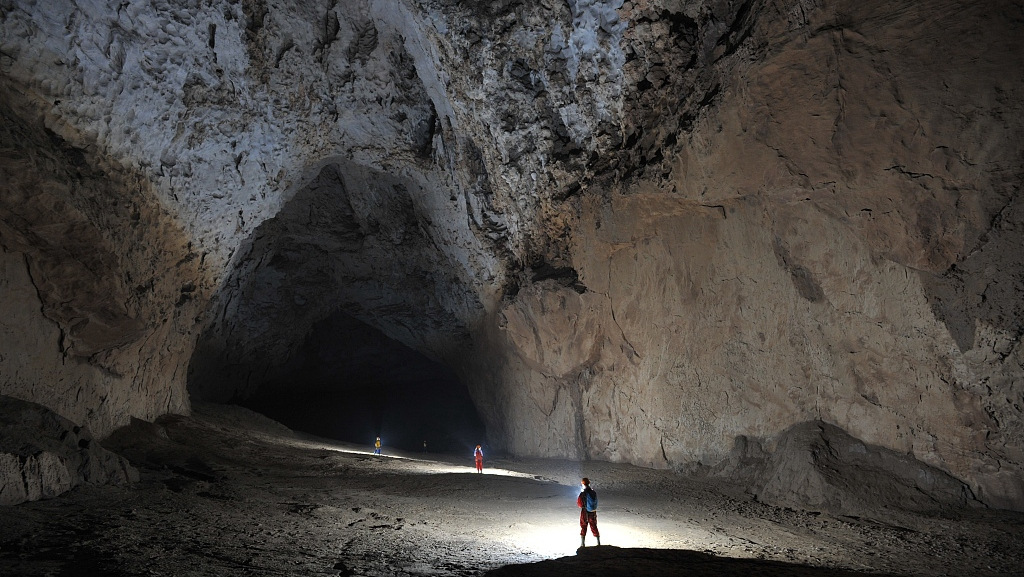
The Miao Chamber in Guizhou Province, China. /VCG Photo
The Miao Chamber in Guizhou Province, China. /VCG Photo
Karst landform is characterized by caves, sinkholes or forest of tall toothy rocks left by the water erosion. The Miao Chamber in southwest China's Guizhou Province shows one of the karst features as the second largest cave in the world. The mind-blowing cave was sculpted some 100 million years ago when water contentiously flowed through different layers of rocks.
(Top image via VCG Photo)

SITEMAP
Copyright © 2018 CGTN. Beijing ICP prepared NO.16065310-3
Copyright © 2018 CGTN. Beijing ICP prepared NO.16065310-3